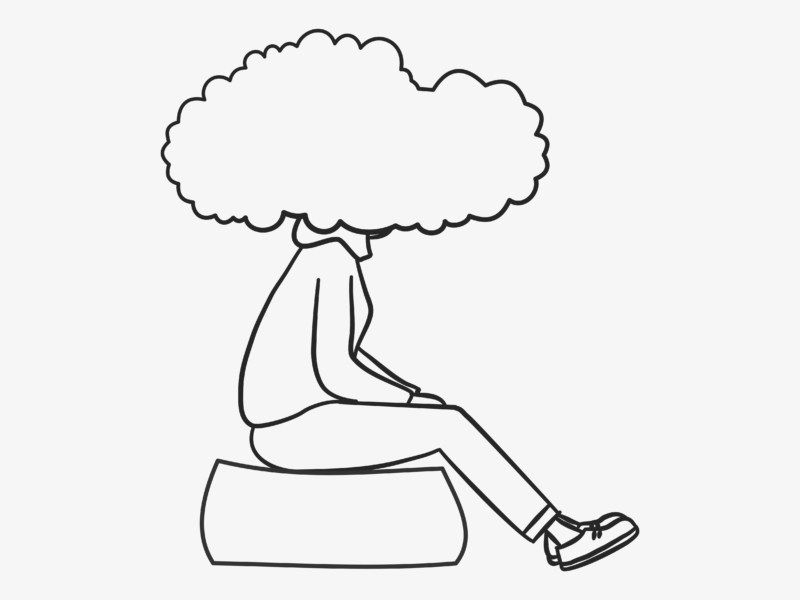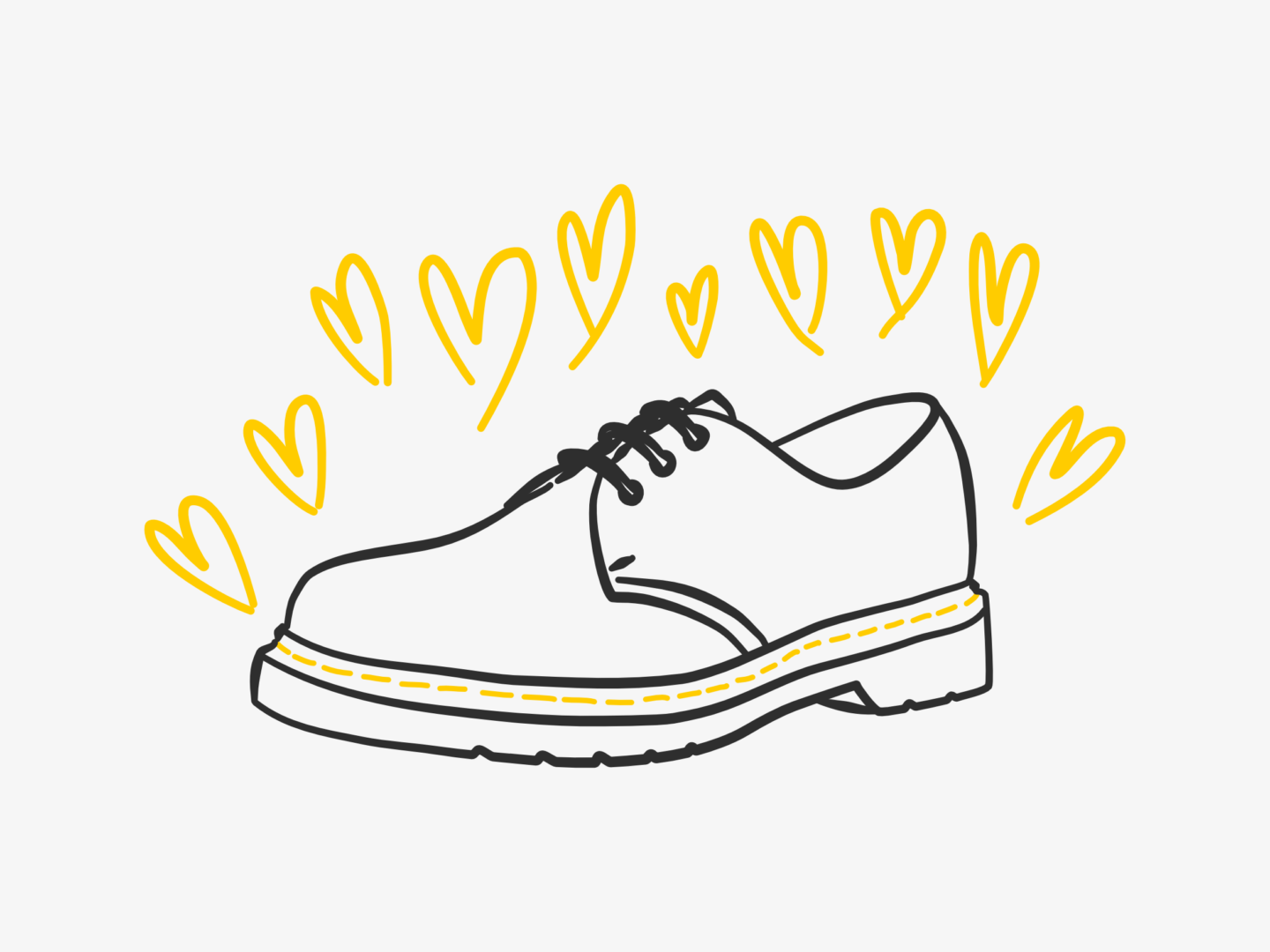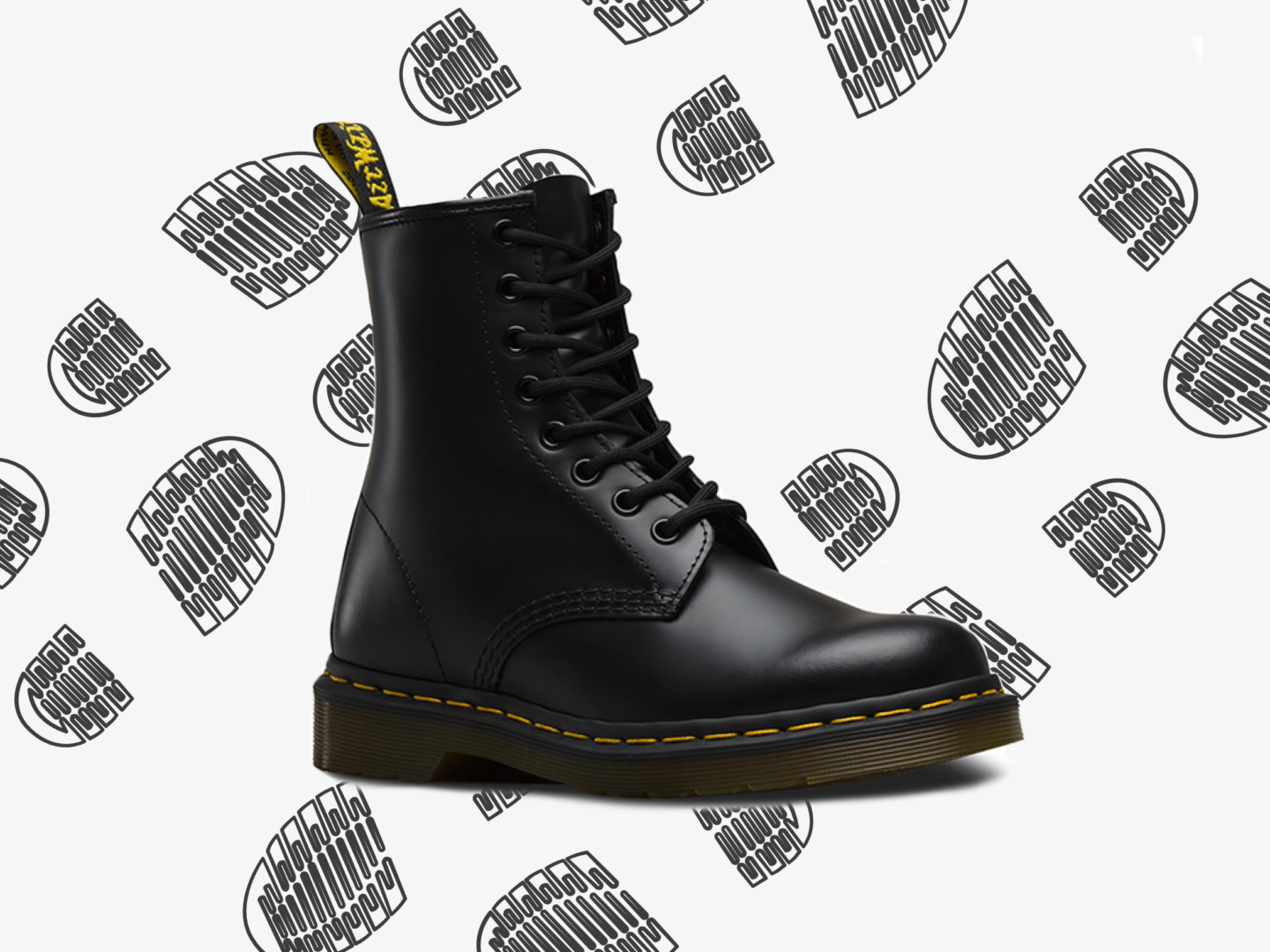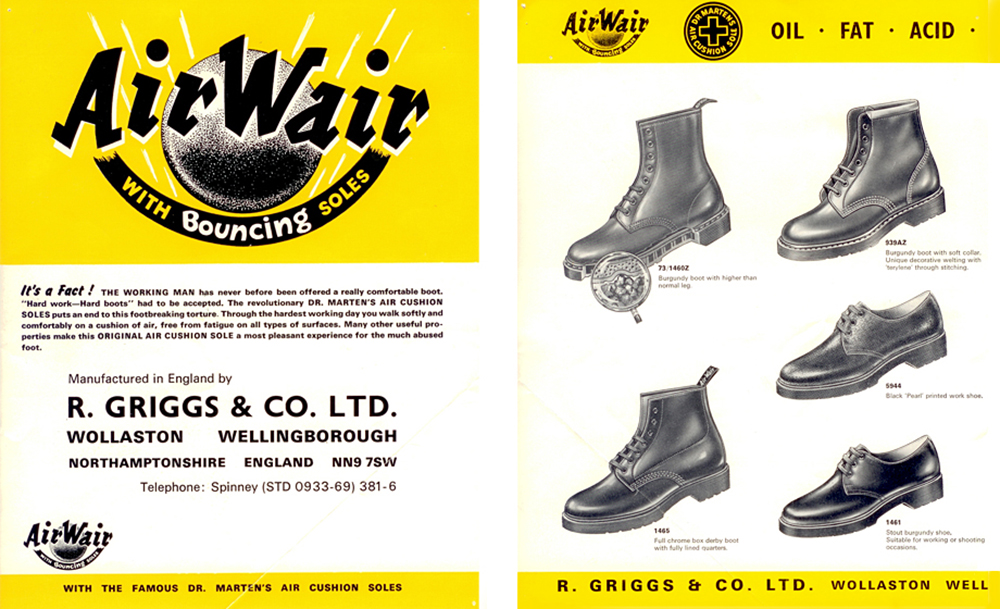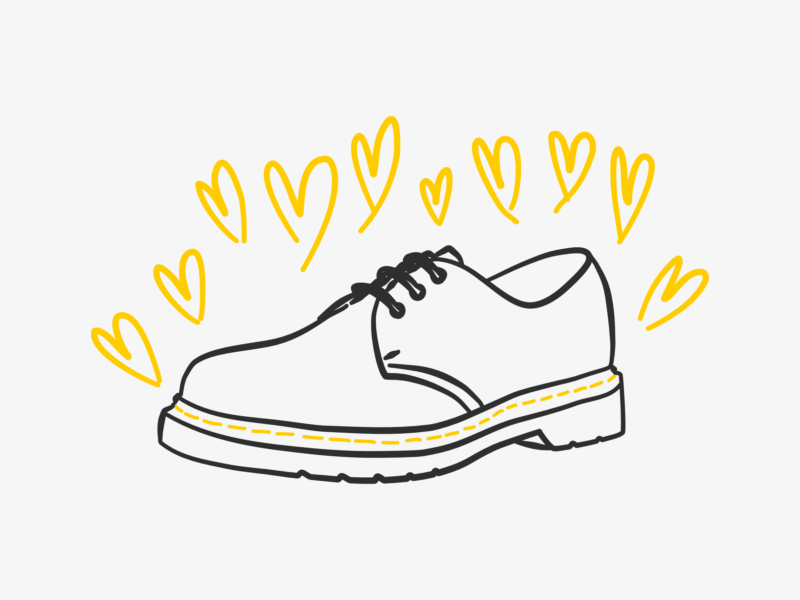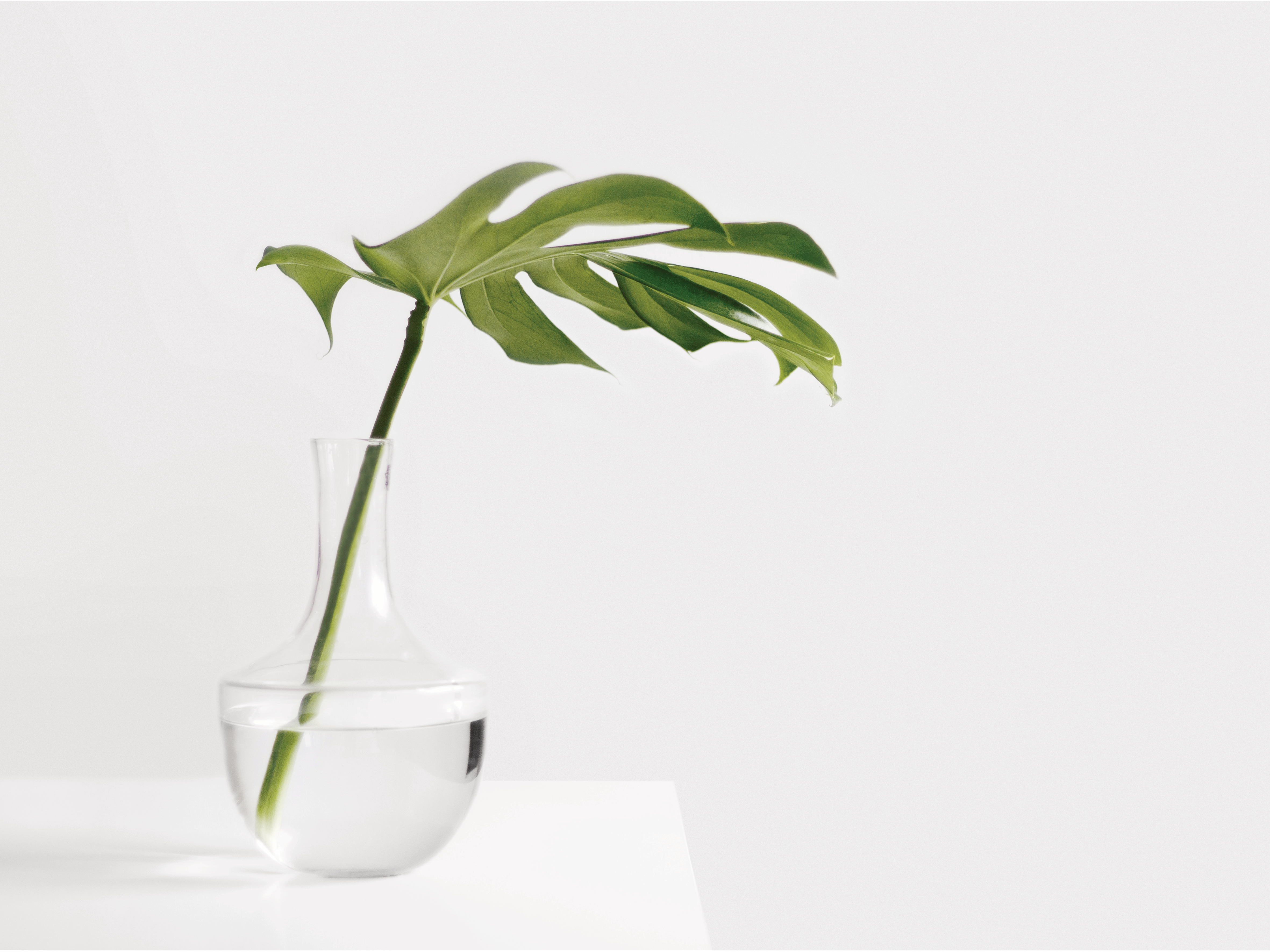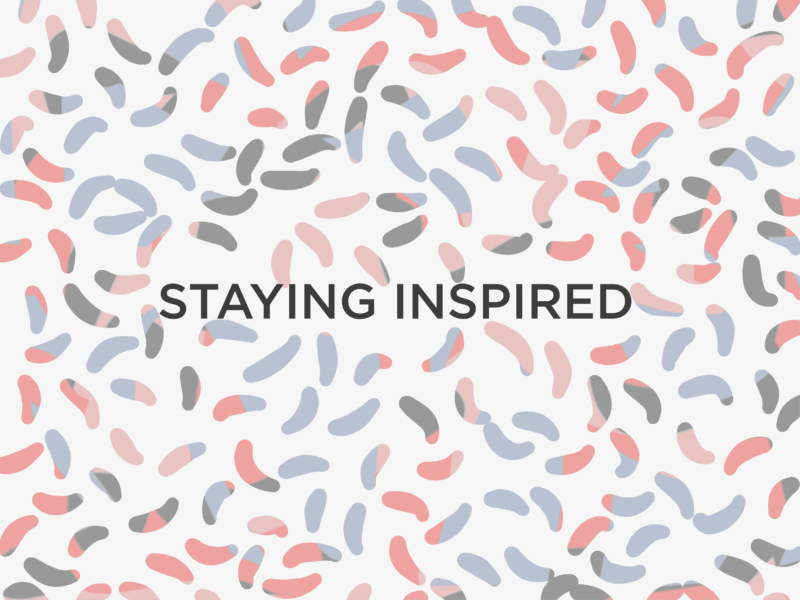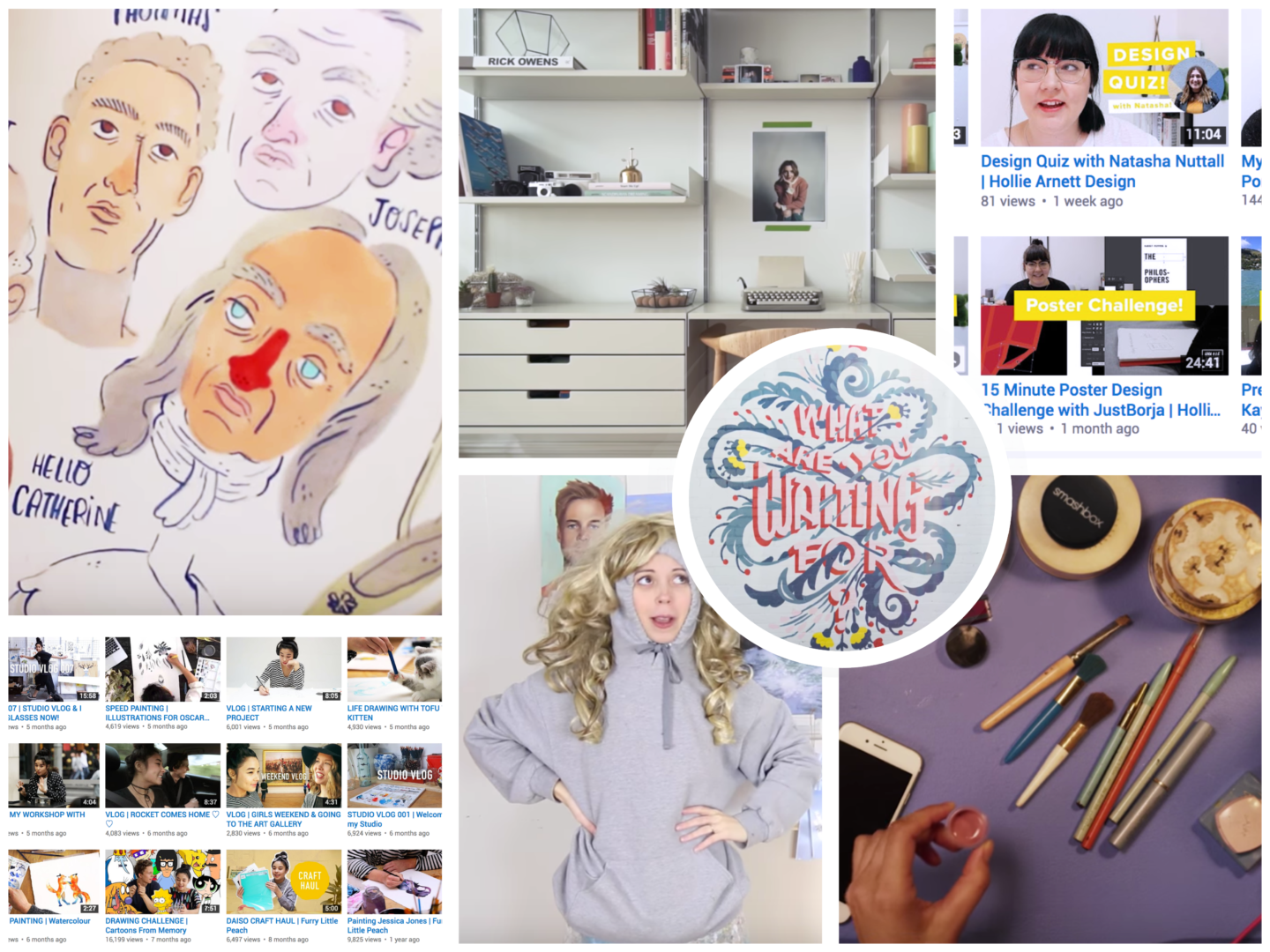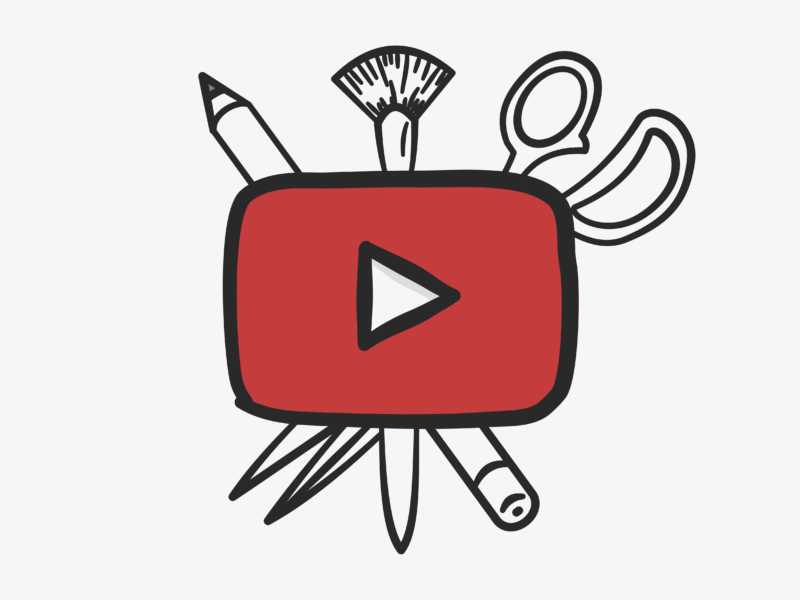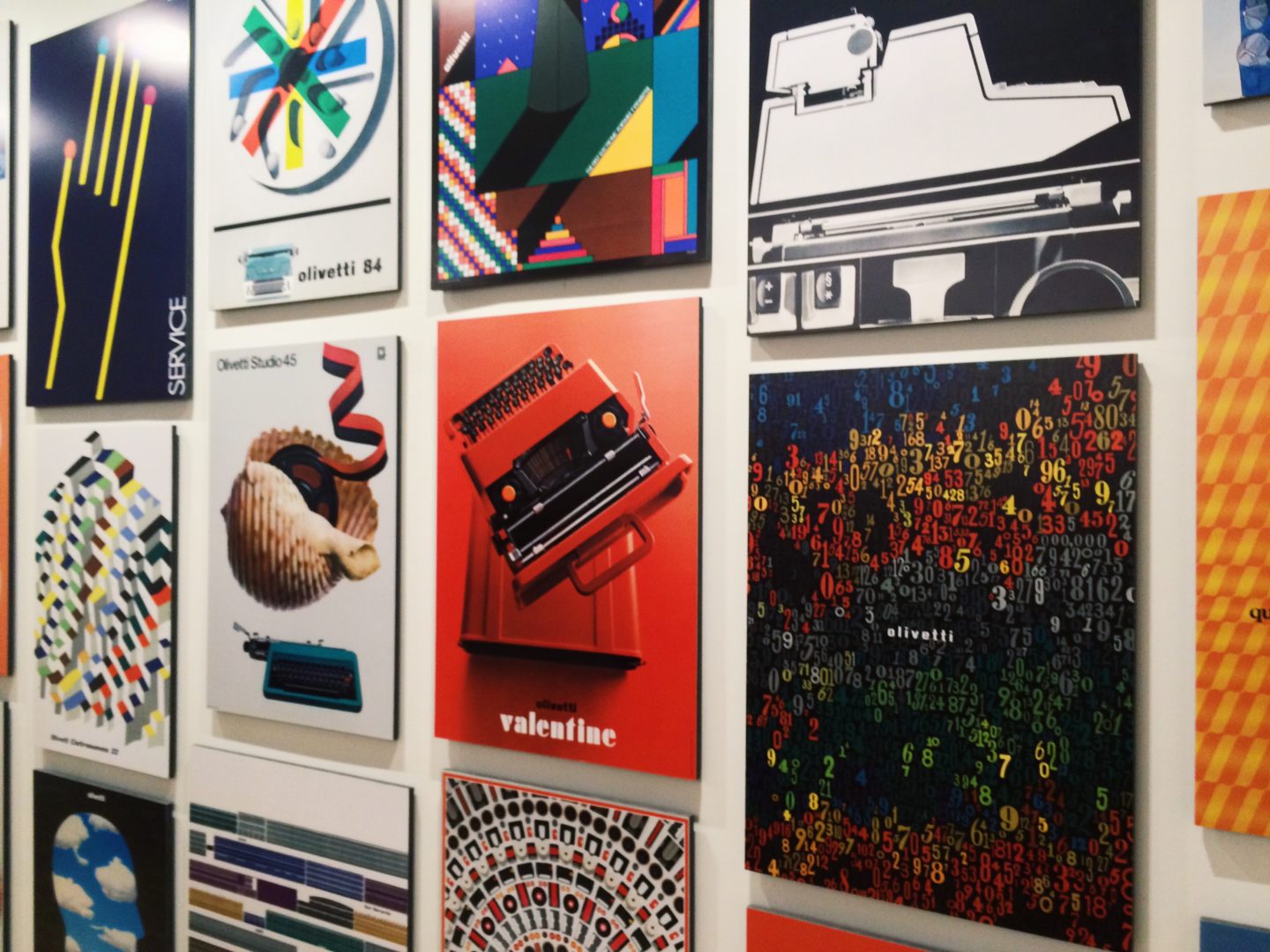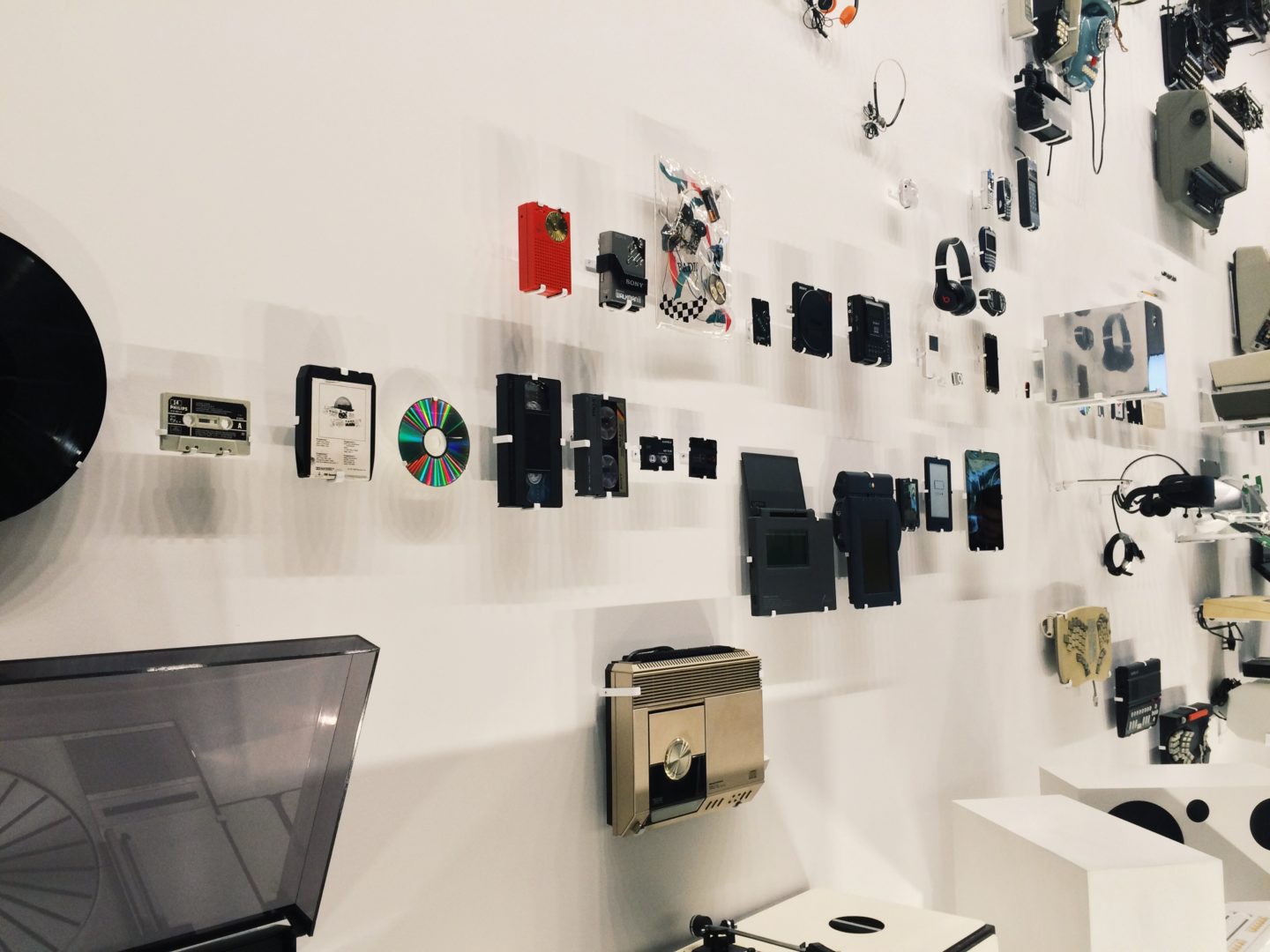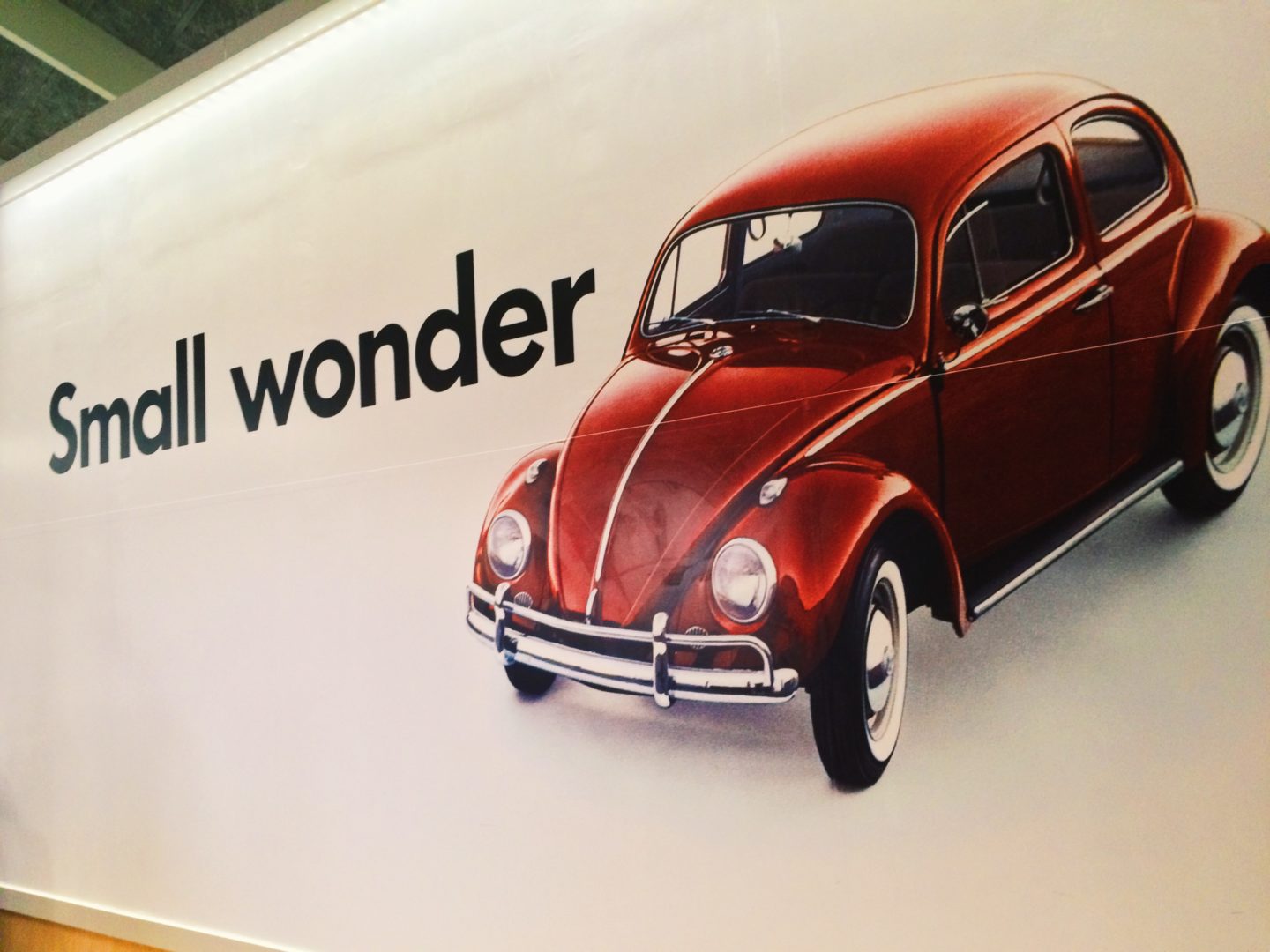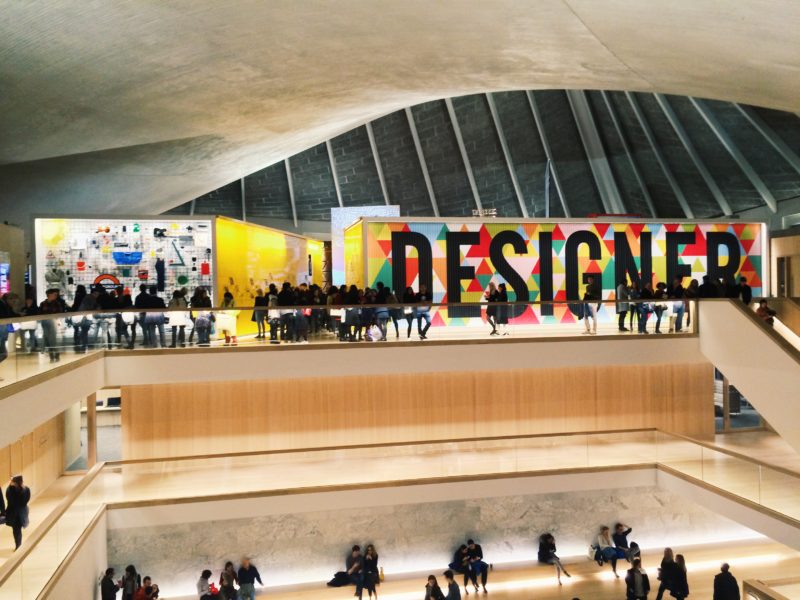Meditation is the new black. In particular, using meditation to help unlock your creativity is getting a lot of hype at the minute. David Lynch has been a huge proponent of Transcendental Meditation ™, even starting a foundation to give more people access to what is a costly style of meditation. But he’s not alone, famous creative meditators include: the Beach Boys, Sting, Stevie Wonder, Steve Vai, Tom Petty, John Denver, Sheryl Crow, Katy Perry, the co-founders of Def Jam Recordings, Rick Rubin and Russell Simmons, Martin Scorsese, George Lucas, Clint Eastwood, and lest us not forget Oprah.
Meditation is also something I’ve heard a lot about on some of my favourite creative podcasts, for example Tiffany Han’s Raise Your Hand Say Yes with Lacy Young. Everyone seems to be talking about the power of meditation and it’s no surprise because supposedly it can help:
As someone who’s always trying to be more creative, and also, in the least Eat Pray Love way possible, find myself, that sounded pretty attractive. So, I’ve been trying out a few different kinds of meditation (unfortunately not TM) over the last few months (so I’m by no means an expert) and these have been my experiences and take-aways.

Headspace is (I think) the biggest mediation app available right now, “We all need to get a little head space” – it’s a catchphrase that has become ingrained into the psyches of more than 6 million people worldwide. The app, led by Andy, leads you through easy to follow guided meditations and mindfulness training. The meditation sessions on Headspace are divided up into levels, and you can try the first level of ten sessions for free, which I would highly recommend you do if you’re interested in trying meditation but aren’t sure where to start. I definitely enjoyed working my way through different levels of headspace, and it gave me a lot of food for thought. The little explanation videos at the beginning of the sessions were really helpful in giving me some perspective on meditation and also just generally being more mindful. If you’re someone who gets a lot out of gamification, you’ll love headspace. The app is really good at reminding you to take ten and encouraging sustained mediation, and was a great starter for me personally. But it’s not something I’ve stuck with for that reason. After really trying to get on with Headspace, I decided that it’s not something I want to use every day. I’m not a big fan of everyday tasks turned into games (for some reason it irks me) and the guided meditations began to feel a bit redundant after I’d tried Zazen. However, I’ve kept the app on my phone so I can dip in and out of their specific meditations like commuting and sport.
Zazen is what you probably imagine when someone says mediation to you. It’s sitting quietly, quiet often cross-legged, breathing and thinking. This self-guided meditation focuses on your breathing and getting in touch with your body in many of the same ways as the Headspace guided meditations but without anything else in the way. I normally follow something a little like this method, and I like to have some rain sounds (there are loads on spotify) in the background, in part because my house is never really all that quiet. I know that some people might find this a little boring, or hard to get into, but this is the kind of meditation that I have gotten the most out of. Not only has it helped me feel calm and at peace in the way that a warm bath does, I’ve also had a number of almost magical experiences while doing it. When I’m practising zazen, I feel both hyper aware of my body and somehow external to it, I don’t quite know how to describe it. Has practising this kind of meditation helped my creativity? I’m not sure. It hasn’t in any obvious way but I think being able to enjoy those warm moments of calm has helped me feel more content in myself, which I think can’t have done anything but to affect my creativity.
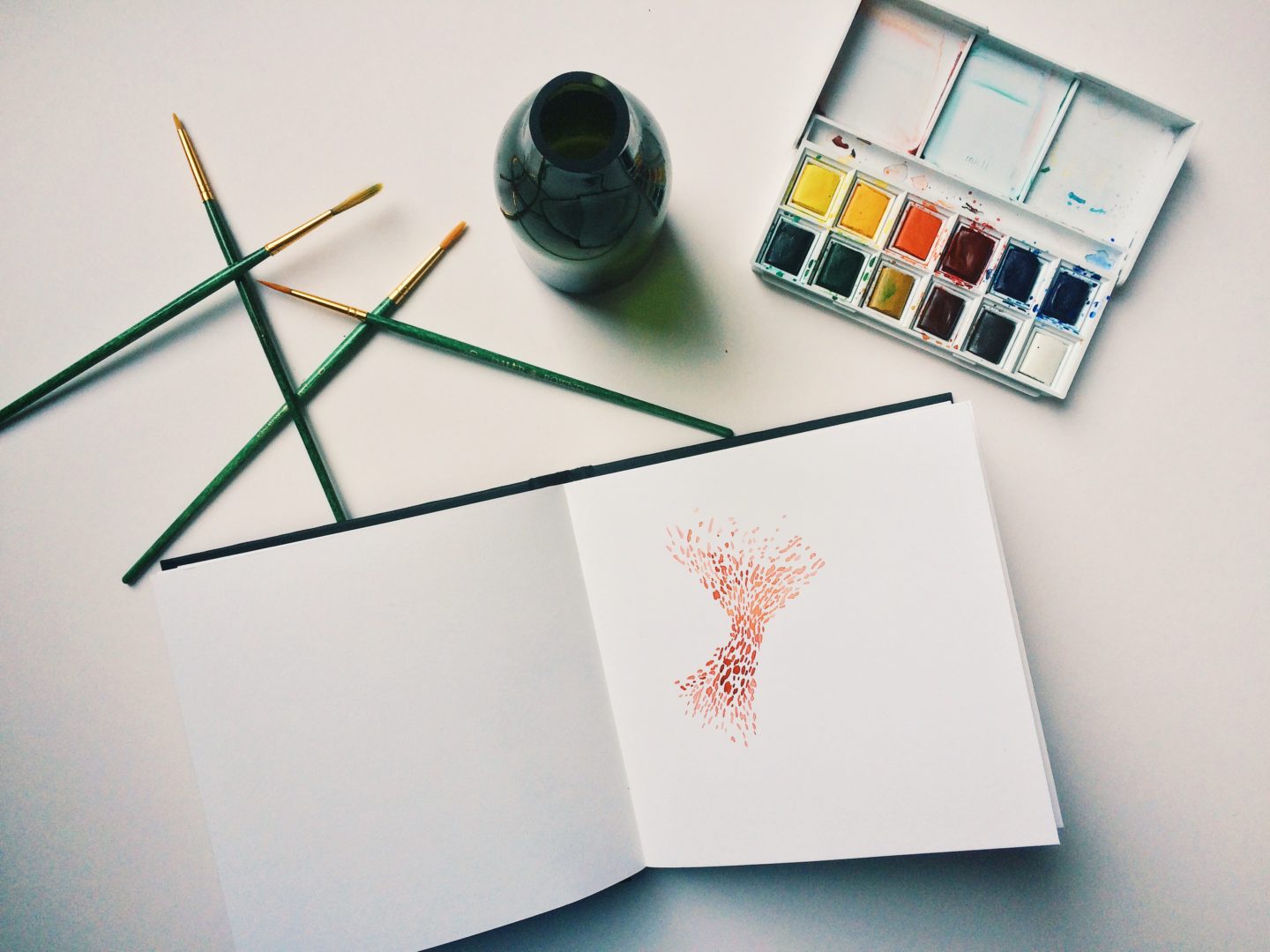
MEDITATIVE PAINTING
I’m including this even though I’m not sure how much it counts as a “meditation” because it’s been something I’ve gotten a lot out in many of the same ways as Zazen. Every day I take some time just to paint. I don’t go in with a plan or an image I just move the colours and forms around wherever they lead me. It’s been a great way for me to visualise whatever I’m feeling as well as starting to gain confidence in painting. This is the meditation that has helped my creativity the most because of that confidence. When making feels as easy as breathing, and can bring you a greater sense of calm, you just end up with so much more trust in yourself and also a better sense of your own internal source of creativity. I realise that sounded quite strange and new-agey but I didn’t have a better way to put it.
Those have been my experiences with meditation and creativity so far. Do I think it’s worth trying if you’re looking to be more creative? Definitely, there’s absolutely nothing to lose and quite a lot to gain, not just a boost in creativity. Do I think it’s worth the hype? I’m not sure just yet, there’s a lot more to meditation than the bits I’ve tried and I’m keen to investigate it further, either through classes or through just more research.
What are your thoughts on meditation? Have you tried it? What has worked for you or what hasn’t? Should I be trying classes?
*I really enjoyed this article from Emily Gosling on It’s Nice That.


